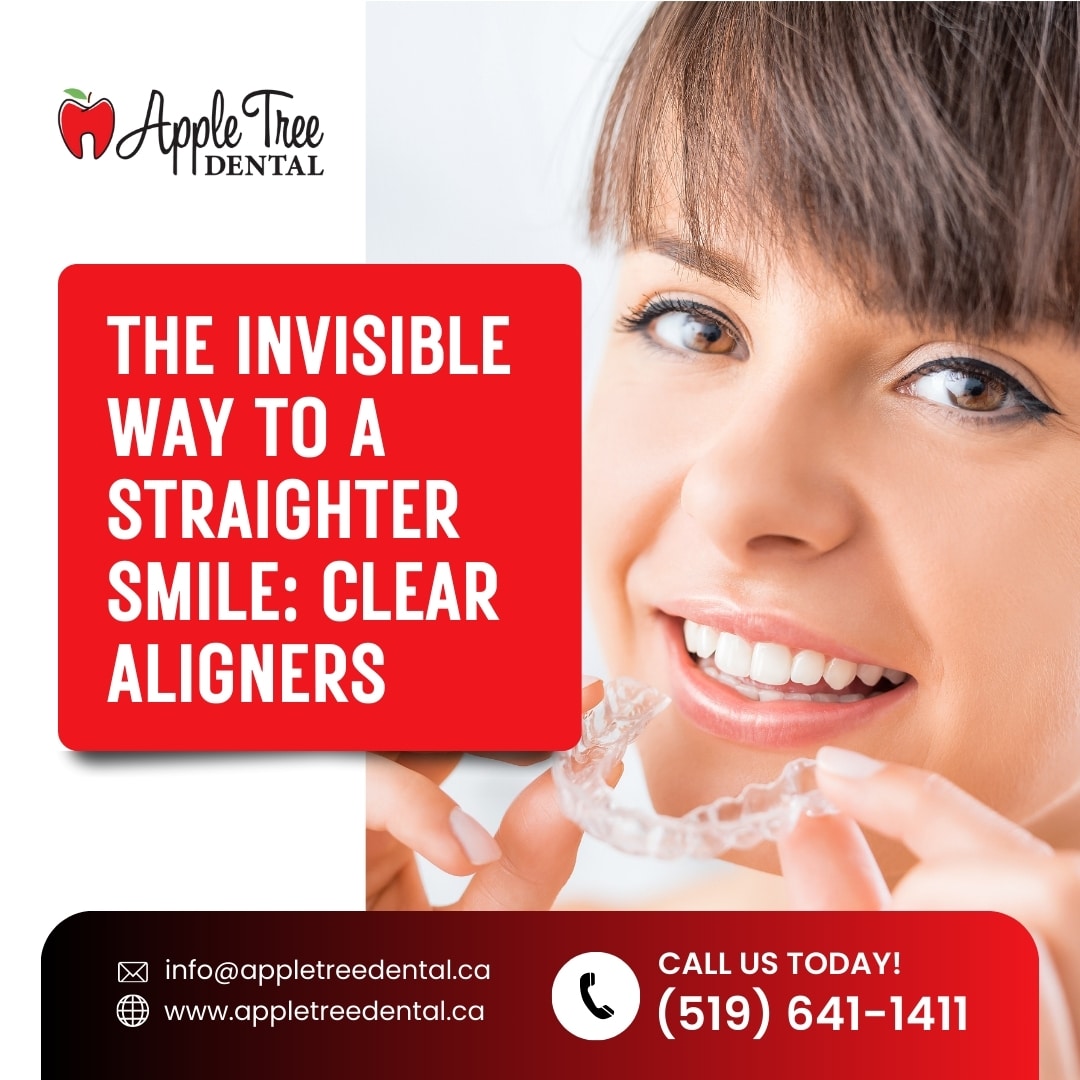Blog
Various Types Of Dental Laser Treatments
Introduction:
We have compiled this article on Various Types Of Dental Laser Treatments. The reference links are at the bottom of the article.
[1]How Do Lasers Work In Dentistry?
All lasers work by delivering energy in the form of light. When used for surgical and dental procedures, the laser acts as a cutting instrument or a vaporizer of tissue that it comes in contact with. When used in teeth-whitening procedures, the laser acts as a heat source and enhances the effect of tooth-bleaching agents.
[2]How Are Laser Treatments Performed?
The two main types of procedures used for laser dentistry are hard tissue and soft tissue procedures. Hard tissue refers to the teeth, and soft tissue refers to the gums.
Common Hard Tissue Procedures Include:
Cavity Detection.
Lasers can detect cavities early by finding evidence of tooth decay.
Tooth Preparations And Dental Fillings.
Local anesthesia and traditional drills are often not needed with laser treatments. Lasers can kill bacteria in a cavity, which can aid in the long-term health of a tooth.
Treating Tooth Sensitivity.
Teeth that have sensitivity to hot and cold can be treated with dental lasers that seal tubules on the tooth’s root.
Common Soft Tissue Procedures Include:
Treating A “Gummy Smile.”
Lasers are used to reshape gum tissue associated with “gummy smile,” in which the gums’ length covers much of the tooth.
Crown Lengthening.
This procedure reshapes both gum tissue and bone for healthier tooth structure, which helps with placing restorations on the teeth.
Treating Tongue Frenulum Attachment.
Those with a thick or tight frenulum (the fold of skin under the front part of tongue that anchors to the mouth floor) may benefit from a laser frenectomy. This treatment helps children whose restricted frenulum causes them to be tongue-tied, have difficulty breastfeeding, or have a speech impediment.
Removing Soft Tissue Folds.
Lasers can remove soft tissue folds from ill-fitting dentures without pain or sutures.
Other Laser Procedures Include:
Removing Benign Tumors.
Lasers can remove tumors from the palate, gums, and sides of the lips and cheeks through a pain- and suture-free method.
Tmj (Temporomandibular Joint) Treatment.
Lasers can help reduce pain and inflammation in the joint.
Treating Cold Sores.
Lasers can minimize healing time and reduce pain from cold sores.
Teeth Whitening.
Lasers speed up the bleaching process during teeth-whitening sessions.
[3]What Types Of Lasers Are Used In Dentistry?
Often when you hear the word “laser” you think of sci-fi and all the fun that’s been had over the years with lasers as the focus. However, lasers are very useful when it comes to dentistry and other medical practices. It can often be a surprise to some at how much lasers actually do and how much they further the medical field in general. Speaking specifically in dentistry, there are a few types of lasers used and each for different purposes.
Lasers made their debut into dentistry back in 1994. They’re FDA approved and provide a useful means to certain treatments. However, they’re often not used as the first line of treatment if a more classic treatment is available. They have a couple of limitations which can make them tricky to use from time to time.
Erbium Lasers
Erbium lasers are a type of hard tissue laser. There are two types used in dentistry. Their two specific classifications are based on the crystal they’re powered by and their wavelength. The two main erbium lasers have slight variances and are classified by News Medical as, “Er, Cr: YSGG (yttrium scandium gallium garnet) lasers and Er: YAG (yttrium aluminum garnet) lasers.” These hard tissue lasers reduce vibrations and noises as opposed to traditional dental tools. They can prepare enamel and bone, along with a plethora of other functions. With the use of lasers instead of high-speed dental tools, there is usually no need for as much anesthesia and recovery is quicker since there’s less trauma to the oral area.
Carbon Dioxide Lasers
The CO2 laser is great for removing soft tissue quite quickly. However, it has a tendency to be expensive, bulky, and cause hard tissue damage. However, using it allows for minimal tissue penetration which makes for a quick procedure.
Diode Lasers
Diode lasers are a type of soft tissue laser. If you’ve ever used a laser pointer, diode lasers function in a similar fashion. They’re usually compact in size and are very affordable which makes them a big draw in the world of dentistry. Diode lasers are used in laser teeth whitening, impression troughing, gingivectomies, and more. Intraoral soft tissue procedures are their main use and they can cover quite a large spread of procedures in this category.
Hard And Soft Tissue Lasers
Overall, most dental lasers are placed into two categories – hard or soft tissue lasers. This is because some are too abrasive for a soft tissue while others aren’t abrasive enough for hard tissue. Some can be used interchangeably if their wavelength allows it. For example, erbium lasers can often be used for soft tissue use, depending on the procedure. The world of lasers can become a very in-depth topic, however, the basics mentioned are a great glimpse at the use of lasers in dentistry.
Conclusion:
Thank you for reading this article and check back frequently for other dental health articles. Should you have any questions, please contact Apple Tree Dental today!
Article compiled by Apple Tree Dental
Article reference links






